75th Anniversary of the Normandy Invasion:
My Father at War
By Mies Hora
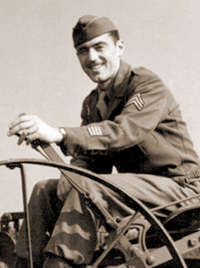
On this historic day of June 6th, while the world honors the Greatest Generation for their efforts to liberate humanity from Nazi oppression, I wish to spotlight my father, RICHARD HORA. I interviewed the centurion recently to clarify how he managed his war years. While never fond of life in the Army, Richard used his innate, acute eye-to-hand coordination and an ambitious, discerning curiosity to enhance his skills in visual communications. Serving as a sergeant in World War II for more than two and a half years in the art and technical division, he specialized in mapmaking, mine/booby trap identification, and camouflage related instruction to Allied troops in Iceland, Great Britain, and France.
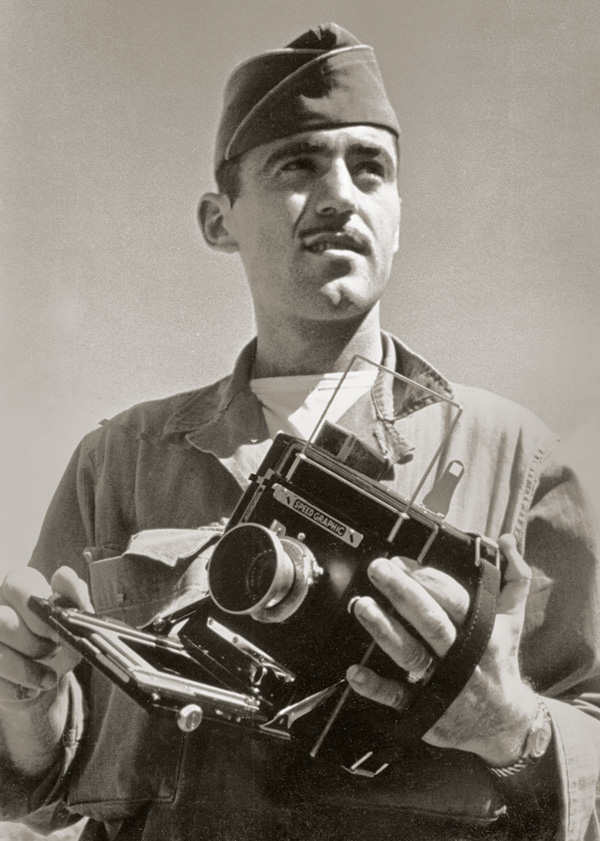
The Art of Camouflage & Staying Alive
Richard Hora studied illustration at the Pratt Institute, NYC from 1937-1941. At the end of that period, on a whim, he took an elective evening course in the art of camouflage being offered by a professor at Parsons School of Design. Camouflage probably derives from camoufler, a Parisian slang term meaning to disguise. In retrospect, it probably saved his life. In 1942, upon his conscription in the U.S. Army and after basic training, he was selected for service as a “camoufleur,” proceeding as a corporal to the Washington D.C. area for more training in that discipline. The artist camouflage officers’ mandate was to obscure troops, vehicles, and matériel to deceive the enemy with paint, nets, fabrics, foliage, patterns, and shadows, rendering them invisible. This type of activity was destined to keep him behind the front lines, in a troop support capacity.
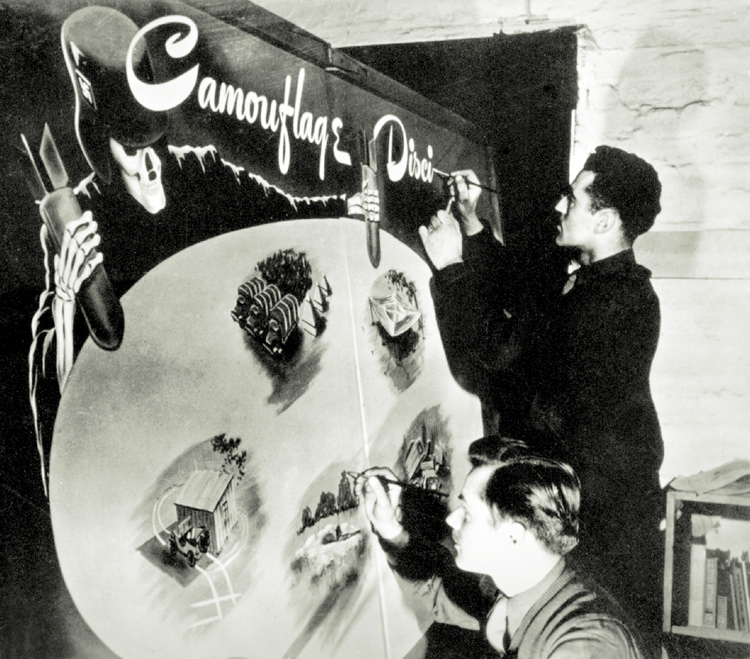
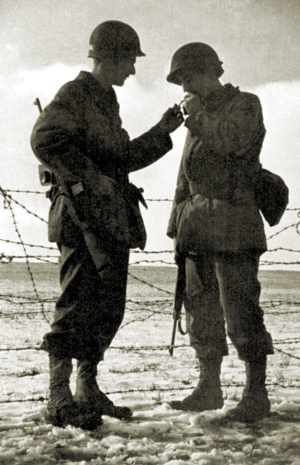
Fake News Tipped the Scale
After a brief stint in Iceland, his small camouflage unit crisscrossed Great Britain, traveling throughout England, Scotland, and Wales with a two-vehicle “roadshow.” After creating a group of presentation panels that folded neatly into their 3/4-ton truck, they began visiting dozens of military camps and bases, essentially “lecturing troops on how to hide and stay out of sight.” Working near the English Channel, they witnessed some of the fake inflatable tank squadrons that were set up to fool spies and aerial photographers about troop concentrations. Known as ‘Operation Fortitude,’ the British-designed and led D-Day deceptions were a pseudo landing force designated for the Pas-de-Calais instead of Normandy – a deception that apparently swayed the German high command, including the “Desert Fox,” Erwin Rommel – keeping their formidable Panzer divisions at bay East of Normandy until the Allied troops had established a solid beachhead.
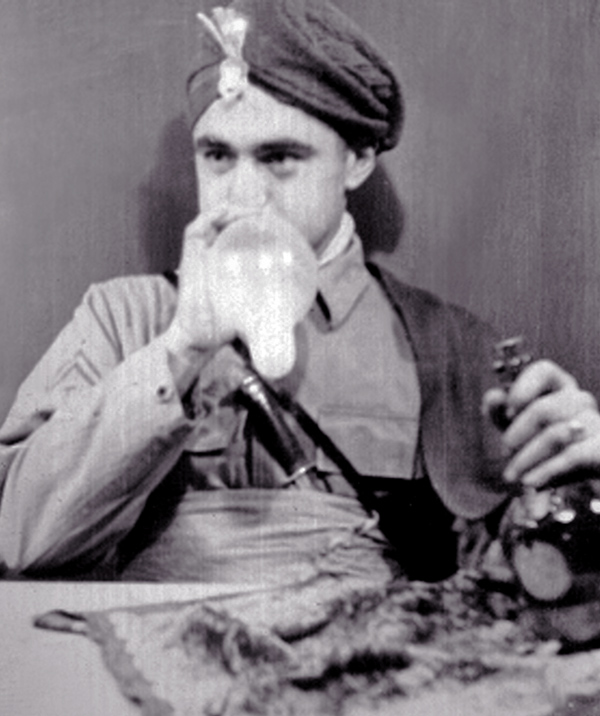
The Brine, The Bubbly and The Bulge
At long last, at age 25, Richard boarded an LCM (Landing Craft, Mechanized) and landed on Omaha Beach on D-Day +17, June 23rd, 1944. He recalled an incident during disembarkation in their Jeeps: “Our Commanding Officer was a pompous Colonel who insisted on being first onto the continent. He stood proudly in his Jeep as it drove off the ramp and immediately sank into a submerged shell hole, disappearing beneath the waves.” They had to fish the soggy conquerer out of the brine. Skirting the first brutal months of warfare in the Normandy area, his unit made it’s way south of Paris, tasked with the perilous work of helping to identify and clear demolitions and booby traps from former Nazi quarters. Eventually they were stationed to the east of Paris, in Epernay, near Reims, in the Champagne region. They set up a darkroom at the French base they inherited and some enterprising fellows took naps while the red “developing” light was on.
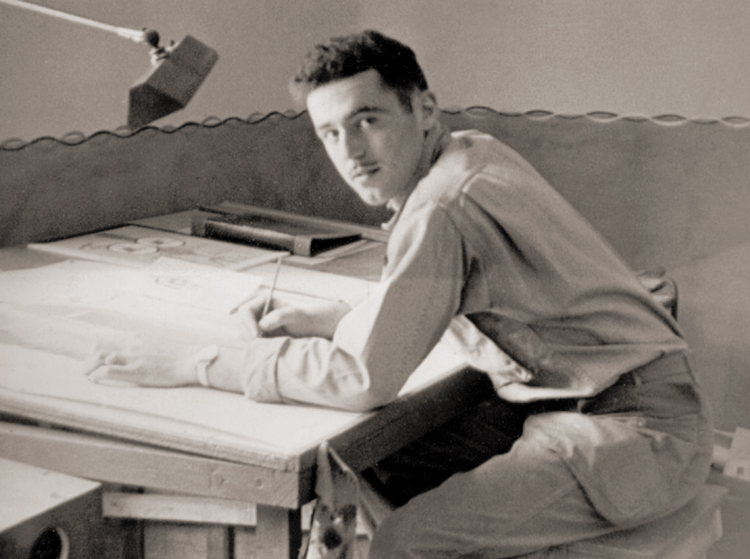
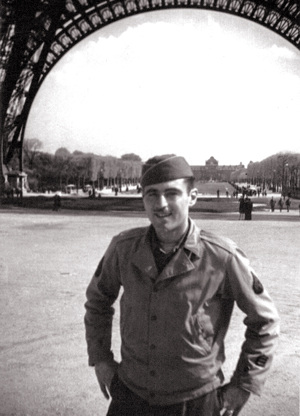
Narrow Escapes
That wickedly cold and eventful Christmas, when the Battle of the Bulge unexpectedly flared nearby, they prepared to join the fray, but the threat subsided before they were thrown into that meat grinder, thanks to General Patton’s Third Army. Handed guard duty over freshly minted German prisoners, Richard (a gentle, peace-loving soul) narrowly escaped being the bloke from his unit whom a disgruntled Nazi SS officer suddenly attacked, forcing the G.I. to shoot him. Though the stress of possible combat and/or death was always present during and after the invasion, there were moments of levity. Richard remembered, “I got soused on champagne one evening and stumbled into a lamppost, knocking myself out cold! I was gripping bubbly in each hand, but fortunately, the two bottles didn’t break.” Upon Germany’s capitulation, my father prepared to ship out to the Pacific Theater, but Japan’s imminent demise precluded that. The obviously talented sergeant ventured to Paris and was offered a position outside of London at a college, teaching now listless troops the “cultural arts.” He leapt at the opportunity, leaving France and its long road to normalcy behind.

What Goes Around Comes Around
Returning stateside in December 1945 on the troop ship Queen Mary, Richard’s successful career took many creative turns, from illustration, calligraphy, and photography, to painting, sculpture, ceramics, packaging, interior, graphic and industrial design, as well as architecture. Taking a sabbatical from the famed Raymond Loewy firm, he assisted architect Paul Williams in building a post-war artists colony in Stony Point, NY. There, he befriended choreographer Merce Cunningham and his partner, the composer John Cage, whose country retreat he helped construct (Jasper Johns resided a mile away). Aside from helping raise four children alongside my mom, Helena (a fellow Pratt Interior and Industrial Design grad), and his breadwinning duties, he designed and built not one, but two family homes – including the house in which I currently live and work. He struck up an acquaintance with a near neighbor, Bill ‘CBS Eye’ Golden, commuting with him into the New York City for work, and took potting classes with the eminent ceramicist, Karen Karnes, eventually firing his own kiln. Along the way, just for the helluvit, Richard built a Martin D-28 guitar from a box of kit wood and made a series of stunning stained-glass lamps rivaling those of Tiffany! Editor’s note: In a strange irony, Golden’s wife, the great designer Cipe Pineles, consequently became my professor at Parsons School of Design, as well as my employer. Some 35 years after my father “conquered” Paris, Cipe and I traveled there to work together on a book about French bread.
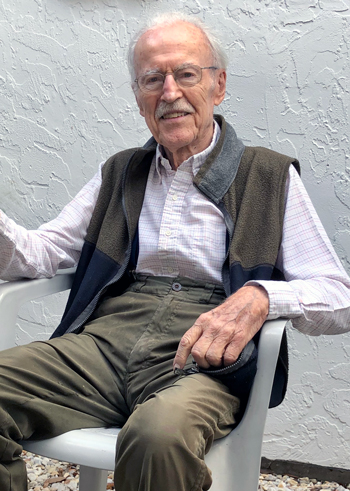
Fortune Smiles Upon the Bold
Now 100 years young, Richard resides comfortably in Sarasota, FL, where this veteran artisan par excellence still revels in creating art – continuing his life-affirming labors of love. He concocts small paintings and paper cutout assemblages, often fine-tuning colors and compositions of scans using Photoshop on his Mac. My father was, is, and shall always remain my inspiration, mentor, and best friend. He proved by example, that one can accomplish almost anything in Life if you think creatively, fully utilize your given talents, and always bravely reach for something new. He embodies what it is to be “The Greatest.”
With profound respect, gratitude, and love,
Mies Hora
June 6, 2019, Stony Point, NY